Home>Garden Essentials>How Long To Germinate Barley Grain


Garden Essentials
How Long To Germinate Barley Grain
Modified: October 20, 2024
Learn how long it takes for barley grain to germinate in your garden. Discover expert tips and techniques to ensure successful germination.
(Many of the links in this article redirect to a specific reviewed product. Your purchase of these products through affiliate links helps to generate commission for Storables.com, at no extra cost. Learn more)
Introduction
Barley, a versatile and nutritious grain, has been cultivated for thousands of years. Not only is it a staple food source for both humans and animals, but it also plays a significant role in the brewing industry. If you’re interested in growing barley yourself, one key aspect to understand is the germination process.
Germination is the process by which a seed begins to grow into a new plant. It involves the activation of the seed’s internal processes, including the absorption of water, respiration, and the emergence of a tiny root called the radicle. For barley, this is the crucial stage that kickstarts the growth process.
In this article, we will delve into the factors that affect barley germination and explore the optimal conditions for successful germination. Additionally, we will provide a step-by-step guide on how to germinate barley grain and address common challenges that may arise during the process.
Understanding the germination time for barley is crucial as it allows you to plan your growing season efficiently. Factors such as temperature, moisture content, and seed quality play a vital role in determining how long it takes for barley seeds to germinate.
So, whether you want to grow barley for brewing purposes, animal feed, or simply as an exciting gardening project, join us as we explore the fascinating world of barley germination. By the end of this article, you will have the knowledge and confidence to successfully germinate barley grains and nurture them into healthy and robust plants. So let’s dig in and discover the wonders of barley germination together!
Key Takeaways:
- Barley seeds prefer cooler temperatures between 50°F and 65°F for germination. Maintaining consistent temperature and moisture levels is crucial for successful sprouting and healthy plant growth.
- Choosing high-quality seeds, providing optimal growing conditions, and addressing common challenges such as poor germination rates and fungal diseases are essential for successful barley germination.
Read more: How To Store Barley Long Term
Factors Affecting Barley Germination
Barley germination is influenced by several key factors that are essential for the successful growth of the grain. Understanding these factors and their impact will help you create the optimal conditions for the germination process. Let’s explore the main factors affecting barley germination:
Temperature and Germination Time
Temperature plays a critical role in the germination of barley grains. Barley seeds prefer cooler temperatures for germination, typically between 50°F and 65°F (10°C and 18°C). At these temperatures, the enzymatic processes within the seed are activated, leading to the breakdown of stored nutrients and the initiation of growth.
If the temperature is below the optimal range, germination may be delayed or inhibited. On the other hand, if the temperature is too high, it can lead to poor germination rates and weak seedlings. It’s important to ensure that the temperature remains consistent throughout the germination period for optimal results.
Moisture Content and Germination Time
Moisture content is crucial for barley germination as it activates the enzymes necessary for the seed to break dormancy and begin its growth process. During germination, the seed absorbs water, causing it to swell and initiate metabolic activities.
The moisture content required for germination varies depending on the barley variety, but generally, it is recommended to maintain a moisture content of around 12-14%. It’s important to strike a balance, as too much moisture can lead to fungal growth and rot, while too little moisture will hinder germination.
Proper irrigation and monitoring of moisture levels are essential during the germination process to ensure the seeds have sufficient moisture for optimal growth.
Seed Quality and Germination Time
The quality of the barley seeds used for germination directly impacts the germination time and success rate. High-quality seeds are more likely to have a higher germination rate compared to low-quality or damaged seeds.
It’s important to source your barley seeds from reliable suppliers or seed banks that provide certified seeds. Look for seeds that have been tested for quality, purity, and germination rate. This will increase the likelihood of successful germination and the development of healthy plants.
In addition to these factors, other considerations such as soil quality, light exposure, and air circulation can also affect barley germination. Ensuring that the soil is well-drained, providing adequate sunlight, and allowing for proper air circulation will create an ideal environment for the seeds to thrive.
By understanding and managing these factors, you can create the optimal conditions for barley germination. This will set the stage for healthy plant growth and a successful harvest. In the next sections, we will explore the germination time for different barley varieties and the optimal conditions for germination in more detail.
Read more: How Many Hours To Germinate Barley
Temperature and Germination Time
Temperature plays a crucial role in the germination process of barley grains. It affects the speed at which the seeds sprout and establish roots, ultimately influencing the overall germination time.
Barley seeds prefer cooler temperatures for germination, typically between 50°F and 65°F (10°C and 18°C). Within this temperature range, the enzymes within the seed become active, initiating metabolic processes and breaking down stored nutrients for growth.
If the temperature falls below the optimal range, germination may be delayed or, in some cases, fail to occur altogether. Low temperatures slow down the enzymatic activity, resulting in a prolonged germination process. Conversely, if the temperature rises above 65°F (18°C), it can hinder germination and lead to poor seedling development.
To ensure consistent temperatures during barley germination, it is recommended to maintain a controlled environment. This can be achieved by using a germination chamber or a greenhouse that allows you to regulate the temperature and provide a stable climate for the seeds.
The germination time for barley can vary depending on the specific temperature conditions. Typically, under optimal temperatures ranging from 50°F to 65°F (10°C to 18°C), barley seeds will germinate within 7 to 10 days. However, it’s important to note that different barley varieties may have slightly different germination times.
It’s crucial to provide a constant temperature throughout the germination process to promote uniform growth and development. Fluctuating temperatures can disrupt the germination process and lead to uneven germination rates.
Additionally, it’s important to monitor the temperature carefully during the germination period. If the temperature drops significantly below the optimal range, it can slow down or halt germination. On the other hand, if the temperature rises above the recommended range, it can cause stress to the seeds and hinder their growth.
To ensure the best results, it’s recommended to measure temperature using a soil thermometer or a digital thermometer specifically designed for seed germination. This will allow you to accurately monitor and adjust the temperature as needed.
By providing the optimal temperature range and maintaining a stable environment, you can promote successful germination and set the stage for healthy, vigorous barley plants. Remember to consider temperature as one of the key factors when planning and managing your barley germination process.
Moisture Content and Germination Time
Moisture content is a crucial factor in the germination of barley grains. It directly affects the activation of enzymes within the seed, which initiate the metabolic processes required for germination.
During the germination process, barley seeds absorb water, causing them to swell and break dormancy. This triggers various biochemical reactions, allowing the seed to convert stored starches into sugars and provide the necessary energy for growth.
Maintaining the proper moisture content is essential for successful germination. Barley seeds typically require a moisture content of around 12-14% to germinate effectively. However, it’s essential to strike a balance, as both excess and insufficient moisture can hinder germination.
Excessive moisture can lead to fungal growth and rot, damaging the seeds and inhibiting germination. It also creates an anaerobic environment, limiting the oxygen supply necessary for seed respiration. On the other hand, insufficient moisture can prevent the seeds from absorbing water, delaying or preventing germination.
To ensure the optimal moisture content, it is recommended to follow these guidelines during the germination process:
1. Pre-soaking: Soaking the barley grains in water for 12-24 hours before sowing can help kickstart the germination process. This allows the seeds to absorb water and begin the activation of enzymes.
2. Watering: Throughout the germination period, it’s crucial to maintain adequate moisture in the growing medium. This can be achieved by regular, light watering to avoid oversaturation.
3. Drainage: Proper drainage is essential to prevent waterlogging and ensure the excess water can escape from the growing medium. Well-drained soil or using a well-drained germination tray with drainage holes is recommended.
4. Monitoring: Regularly monitor the moisture levels in the growing medium. Avoid allowing it to dry out completely while also preventing it from becoming waterlogged. The goal is to keep the soil consistently moist, similar to a wrung-out sponge.
The germination time for barley heavily depends on moisture levels. Under optimal moisture conditions and temperature, barley seeds will typically germinate within 7 to 10 days. However, this can vary depending on the variety of barley and other environmental factors.
To ensure the best results, it’s important to provide adequate moisture while avoiding excessive saturation. Regularly check and adjust moisture levels as needed, paying attention to the appearance and feel of the growing medium.
By maintaining the proper moisture content, you create an optimal environment for successful germination. This allows the seeds to absorb the necessary water and nutrients, kickstarting their growth journey and ensuring healthy, robust barley plants.
Seed Quality and Germination Time
The quality of the barley seeds used for germination has a direct impact on the germination time and success rate of the process. High-quality seeds are more likely to have a higher germination rate and produce healthy seedlings compared to low-quality or damaged seeds.
When selecting barley seeds for germination, it’s important to source them from reliable suppliers or seed banks that provide certified seeds. Certified seeds have undergone rigorous testing to ensure quality, purity, and germination rate, giving you confidence in their viability.
Here are a few factors to consider regarding seed quality and their influence on germination time:
1. Seed Viability: The viability of the seeds refers to their ability to germinate and produce healthy seedlings. Fresh seeds with high viability have a greater chance of germinating within the expected timeframe, while old or poor-quality seeds may have reduced viability and longer germination times.
2. Genetic Purity: Barley seeds should be genetically pure, free from contamination or cross-pollination with other varieties. Seeds of superior quality and genetic purity tend to have more consistent and faster germination rates.
3. Seed Size and Appearance: Larger and plump seeds often indicate better quality. Seeds that appear shriveled, discolored, or damaged may have lower germination rates and take longer to sprout.
4. Storage Conditions: Proper storage conditions are essential to maintain seed quality. Barley seeds should be stored in a cool, dry, and dark environment to prevent premature aging or damage. Seeds that have been properly stored are more likely to have higher germination rates and shorter germination times.
The specific germination time for barley varies from variety to variety. Some barley varieties have shorter germination times, while others may take slightly longer. It’s important to refer to the information provided by the seed supplier or consult reputable agricultural resources for specific germination guidelines related to the variety you are working with.
Regardless of the variety, ensuring optimal growing conditions such as temperature, moisture, and suitable soil will facilitate quicker and more successful germination. High-quality seeds, when provided with an ideal environment, will generally have faster and more uniform germination, leading to healthier plants.
Proper seed handling, including avoiding excessive mechanical damage during handling and sowing, is also important for preserving seed quality and promoting timely germination.
By selecting high-quality seeds and providing them with the right growing conditions, you can optimize germination time and ensure successful seedling establishment. This sets the stage for a productive and rewarding barley growing experience.
Germination Time for Different Barley Varieties
The germination time for barley can vary depending on the specific variety being grown. Different barley varieties have unique characteristics that influence their growth and development. Understanding the germination time for different barley varieties can help you plan and manage your growing season effectively.
While there are many barley varieties available, here are a few popular ones and their typical germination times:
1. Two-Row Barley: This is one of the most common barley varieties used in brewing. Two-row barley varieties generally have a shorter germination time, ranging from 7 to 10 days. They are known for their high enzyme content, which contributes to the maltiness required in beer production.
2. Six-Row Barley: Six-row barley varieties have a slightly longer germination time compared to two-row varieties. They typically take around 10 to 14 days to germinate. Six-row barley is often used in animal feed due to its higher protein content.
3. Hulled Barley: Hulled barley is a variety that retains its tough outer hull during the growing process. The presence of the hull can extend the germination time, with hulled barley taking around 10 to 14 days to sprout. However, hulled barley is known for its excellent nutritional profile and is often used in cooking and as a whole grain option.
4. Naked Barley: Naked barley is a variety that naturally sheds its outer hull during the growing process. As a result, it typically has a shorter germination time, similar to two-row barley. Naked barley seeds can sprout within 7 to 10 days, making them a popular choice for both brewing and culinary purposes.
It’s important to note that these germination times are general guidelines and can vary depending on environmental factors such as temperature and moisture. Additionally, specific growing practices and seed quality can also impact the germination process. Therefore, it’s always recommended to refer to the specific instructions provided by the seed supplier or consult reliable agricultural resources for accurate germination time information for the variety you are working with.
By understanding the typical germination times for different barley varieties, you can plan your planting and growing schedule accordingly. It allows you to anticipate when you can expect your seedlings to emerge and adjust your subsequent cultivation practices accordingly.
Remember to create optimal conditions for germination, including maintaining the recommended temperature and providing adequate moisture. By doing so, you can foster quicker and more consistent germination, setting the stage for healthy and productive barley plants.
Read more: How Long To Cook Barley In Slow Cooker
Optimal Conditions for Barley Germination
Creating the optimal conditions for barley germination is crucial to ensure successful seedling development and the subsequent growth of healthy barley plants. While specific requirements may vary slightly depending on the variety and environmental factors, here are the key factors to consider for optimal barley germination:
1. Temperature: Barley seeds prefer cooler temperatures for germination. The ideal temperature range for germination is typically between 50°F and 65°F (10°C and 18°C). Within this range, the enzymatic processes within the seed are activated, breaking down stored nutrients and initiating growth. Maintaining a consistent temperature within this range helps promote uniform germination and seedling development.
2. Moisture: Adequate moisture is essential for barley germination. The seeds require water to initiate the metabolic activities necessary for growth. Prior to germination, pre-soaking the barley seeds in water for 12-24 hours can help kickstart the process. During germination, it’s important to maintain a consistently moist but not waterlogged growing medium. Aim for a moisture content of around 12-14% to provide the optimal conditions for seed absorption and activation of enzymes.
3. Soil or Growing Medium: Barley seeds germinate best in well-drained soil or a suitable germination medium. The soil should be loose and have good water retention capabilities to ensure proper moisture distribution without becoming waterlogged. A balanced soil pH between 6.0 and 7.5 is appropriate for most barley varieties. If using a growing medium or germination tray, ensure it has adequate drainage to prevent waterlogging.
4. Light: While light is not a necessary factor for initial germination, it becomes crucial once the seedlings emerge. Place the germinating seeds or seed trays in a well-lit area or provide them with artificial light such as fluorescent grow lights. Adequate light is essential for photosynthesis and the development of sturdy and healthy seedlings.
5. Air Circulation: Proper airflow is important during the germination process to prevent the buildup of excess humidity and reduce the risk of fungal diseases. Ensure good air circulation in the germination area by spacing out the seeds properly and avoiding overcrowding. Ventilation or the use of fans can help promote air movement.
6. Seed Quality: The quality and viability of the barley seeds directly impact germination success. Choose high-quality seeds from reliable suppliers or seed banks. Certified seed varieties help ensure better germination rates and healthier seedlings. Check the seeds for any signs of damage or decay, and avoid using old or poorly stored seeds.
By providing these optimal conditions, you can enhance the chances of successful barley germination and establish a strong foundation for healthy plant growth. Monitor and make adjustments as needed, such as maintaining appropriate moisture levels and providing adequate light and air circulation. Each variety may have specific requirements, so always refer to the seed supplier’s instructions or consult reputable agricultural resources to ensure the best germination results.
Barley grain typically takes 2-3 days to germinate. Keep the grains moist and at a consistent temperature of around 70°F for best results.
Barley Germination Process
The barley germination process is a fascinating journey that begins with the activation of enzymes within the seed and ends with the emergence of tiny seedlings. Understanding the stages of germination can help you foster successful growth and nurture healthy barley plants. Here is an overview of the barley germination process:
1. Absorption: The germination process starts when the barley seed absorbs water. This triggers a series of events within the seed, including the activation of enzymes. The outer layer of the seed, called the seed coat, softens and allows water to penetrate the seed.
2. Respiration: As water is absorbed, the barley seed undergoes respiration, a process where stored nutrients, such as starches, are converted into energy. This energy is essential for the germination process and the early growth of the seedling.
3. Activation of Enzymes: The absorbed water activates various enzymes within the seed. These enzymes break down complex compounds into simpler forms, making them available for the developing plant. Enzymes such as amylase break down starches into sugars, promoting growth.
4. Radicle Emergence: After the enzymatic processes are activated, a tiny root called the radicle emerges from the seed. The radicle begins to grow downward, anchoring the seedling into the soil and starting to absorb water and nutrients from the surrounding environment.
5. Shoot Development: As the root system develops, the shoot begins to emerge above the soil surface. The shoot consists of the coleoptile, a protective sheath that encloses the young leaves and stem. The coleoptile pushes upward, eventually breaking through the soil.
6. Leaf Expansion: Once the shoot emerges from the soil, the first set of leaves, known as the cotyledons, unfold and expand. These initial leaves provide nourishment to the developing seedling as it prepares to produce its own food through photosynthesis.
7. Active Growth: With the establishment of leaves and an established root system, the barley seedling enters a phase of active growth. It begins to develop more leaves, stems, and roots, increasing in size and strength.
Throughout the germination process, it is essential to maintain optimal conditions, including proper temperature, moisture, and light. Regular monitoring of these factors will help ensure the seeds have the best environment for successful germination and subsequent growth.
The length of the germination process can vary depending on environmental conditions and the specific barley variety. Under ideal conditions, barley seeds typically germinate within 7 to 10 days, although this timeframe can vary.
By understanding the stages of the barley germination process, you can anticipate and nurture the seedlings through each phase. This knowledge will guide you in providing the necessary care and cultivation practices needed for the successful growth of healthy and productive barley plants.
Steps to Germinate Barley Grain
Germinating barley grain is a straightforward process that requires careful preparation and attention to detail. By following these steps, you can successfully germinate barley seeds and begin the journey towards growing healthy barley plants:
1. Seed Selection: Choose high-quality barley seeds from reputable suppliers or seed banks. Look for certified seeds that have been tested for germination rate and genetic purity.
2. Pre-Soaking: Pre-soaking the barley seeds can help kickstart the germination process. Place the seeds in a container and cover them with water. Allow them to soak for 12-24 hours to absorb water and activate the enzymes within the seed.
3. Prepare the Growing Medium: Select a suitable growing medium for germinating the barley seeds, such as a tray with well-drained soil or a germination medium designed for seed starting. Ensure that the growing medium is moist but not waterlogged.
4. Sowing the Seeds: Spread the pre-soaked barley seeds evenly over the prepared growing medium. Space them out to prevent overcrowding, which can impede airflow and lead to fungal issues. Gently press the seeds into the soil to ensure good seed-to-soil contact.
5. Provide Optimal Conditions: Place the tray or container in a location that offers consistent temperatures between 50°F and 65°F (10°C and 18°C) and sufficient light. Protect the seeds from extreme temperature fluctuations and provide adequate air circulation.
6. Maintain Moisture: Regularly monitor the moisture content of the growing medium. Ensure that it remains consistently moist throughout the germination process, but avoid overwatering to prevent waterlogging. Lightly mist the seeds with water as needed to maintain moisture levels.
7. Monitor Germination: As the days pass, closely observe the germination progress. Within 7 to 10 days, you should begin to see the first signs of seedling emergence. Be patient, as some seeds may germinate earlier than others.
8. Transition to Growing Containers: Once the seedlings have emerged and developed their first set of leaves, known as cotyledons, it’s time to transplant them into individual containers or a larger growing area. Handle the seedlings carefully to avoid damaging their delicate roots.
9. Provide Proper Care: After transplanting, continue to provide optimal growing conditions for the barley seedlings. This includes maintaining suitable temperatures, providing adequate light, and watering as needed to keep the soil moist but not wet.
10. Monitor Growth: Regularly monitor the growth and development of the barley plants. Attend to their needs, such as providing appropriate nutrients and ensuring proper watering and drainage.
By following these steps, you can successfully germinate barley grain and nurture the seedlings into healthy plants. Remember to pay attention to temperature, moisture, and light throughout the process, as these factors play a crucial role in the germination and growth of barley. With patience and care, you’ll soon be on your way to enjoying a bountiful harvest of homegrown barley.
Common Challenges and Solutions in Barley Germination
While germinating barley grain is generally a straightforward process, there can be some challenges along the way. Understanding these common challenges and their solutions will help you overcome obstacles and ensure successful germination. Here are a few common challenges you may encounter during barley germination and how to address them:
1. Poor Germination Rate: Sometimes, barley seeds may have a low germination rate, leading to low seedling emergence. This can be caused by various factors, including low seed viability, poor seed quality, or unfavorable environmental conditions. To address this, start with high-quality, certified seeds from reputable suppliers. Ensure that the germination environment provides optimal conditions, including proper temperature, moisture, and air circulation. If necessary, consider conducting a germination test on a small sample of seeds to determine their viability.
2. Seed Rot or Fungal Diseases: Excess moisture or poor drainage can lead to seed rot or the development of fungal diseases such as damping-off. To prevent this, ensure proper drainage in the growing medium and avoid overwatering. Maintain good air circulation to reduce humidity levels around the seeds. Additionally, consider treating the seeds with a fungicide before planting to protect against fungal pathogens.
3. Inadequate Soil Temperature: The soil temperature plays a crucial role in barley germination. If the soil is too cold, germination can be delayed or inhibited. Use a soil thermometer to monitor the temperature regularly and adjust as needed. Consider using techniques like pre-warming the soil with a heating mat to provide more optimal temperatures for germination.
4. Pest Damage: Barley seeds and seedlings can be susceptible to damage from pests such as birds, rodents, and insects. Use protective measures like netting or row covers to prevent birds from eating the seeds. Clear the growing area of debris that may attract rodents, and consider using natural pest control methods or organic pesticides to manage insect infestations.
5. Insufficient Light: While light is not critical during the initial stages of germination, it becomes essential once the seedlings emerge. Insufficient light can result in weak and spindly seedlings. If growing indoors, ensure the seedlings receive adequate light by placing them near a sunny window or using artificial grow lights. Rotate the trays regularly to promote even light distribution and prevent seedlings from leaning towards the light source.
6. Nutrient Deficiencies: Barley seedlings may exhibit nutrient deficiencies, resulting in stunted or discolored growth. Provide a balanced fertilizer or nutrient-rich growing medium to ensure the seedlings have access to essential nutrients. Regularly monitor the appearance of the seedlings and adjust nutrient levels as needed.
By being aware of these common challenges and applying the appropriate solutions, you can overcome obstacles and promote successful barley germination. Remember to closely monitor the germination process, provide optimal growing conditions, and take proactive measures to address any issues that may arise. With careful attention and proper care, you’ll increase your chances of a successful germination and a thriving crop of barley.
Conclusion
Barley germination is an exciting and essential process in growing healthy barley plants. By understanding the factors that affect germination, such as temperature, moisture, and seed quality, you can create optimal conditions for successful sprouting. Providing the right environment and care throughout the germination process sets the foundation for robust growth and ensures a bountiful harvest.
Temperature plays a critical role in triggering the seed’s metabolic processes, while moisture content activates enzymes and promotes seed absorption. By maintaining suitable temperatures between 50°F and 65°F (10°C and 18°C) and keeping the growing medium consistently moist, you encourage timely and consistent germination.
Seed quality is crucial to ensure a high germination rate. Opt for certified seeds from reliable suppliers, avoiding damaged or low-viability seeds. High-quality seeds increase the chances of successful germination and the development of healthy seedlings.
Understanding the germination time for different barley varieties allows you to plan and manage your growing season effectively. Two-row barley varieties typically have shorter germination times, while hulled or six-row barley may take slightly longer. By referring to specific guidelines for the variety you are growing, you can have better insight into the expected germination timeframe.
Providing optimal conditions, including suitable temperatures, adequate moisture, proper soil or growing medium, light exposure, and good air circulation, is crucial for successful germination. Monitoring these factors ensures the seeds have the best environment for growth.
Throughout the germination process, it is important to monitor the progress of the seeds, be mindful of common challenges, and apply appropriate solutions. This includes addressing low germination rates, managing excess moisture or fungal diseases, providing sufficient light, protecting against pests, and ensuring nutrient availability.
In conclusion, cultivating healthy barley plants starts with successful germination. By understanding the germination process, implementing the optimal conditions, and addressing any challenges that arise, you set the stage for the rest of the growing season. With proper care and attention, you’ll soon witness the delightful sight of seedlings emerging from the soil, signaling the beginning of a rewarding journey towards a plentiful harvest of homegrown barley.
Frequently Asked Questions about How Long To Germinate Barley Grain
Was this page helpful?
At Storables.com, we guarantee accurate and reliable information. Our content, validated by Expert Board Contributors, is crafted following stringent Editorial Policies. We're committed to providing you with well-researched, expert-backed insights for all your informational needs.
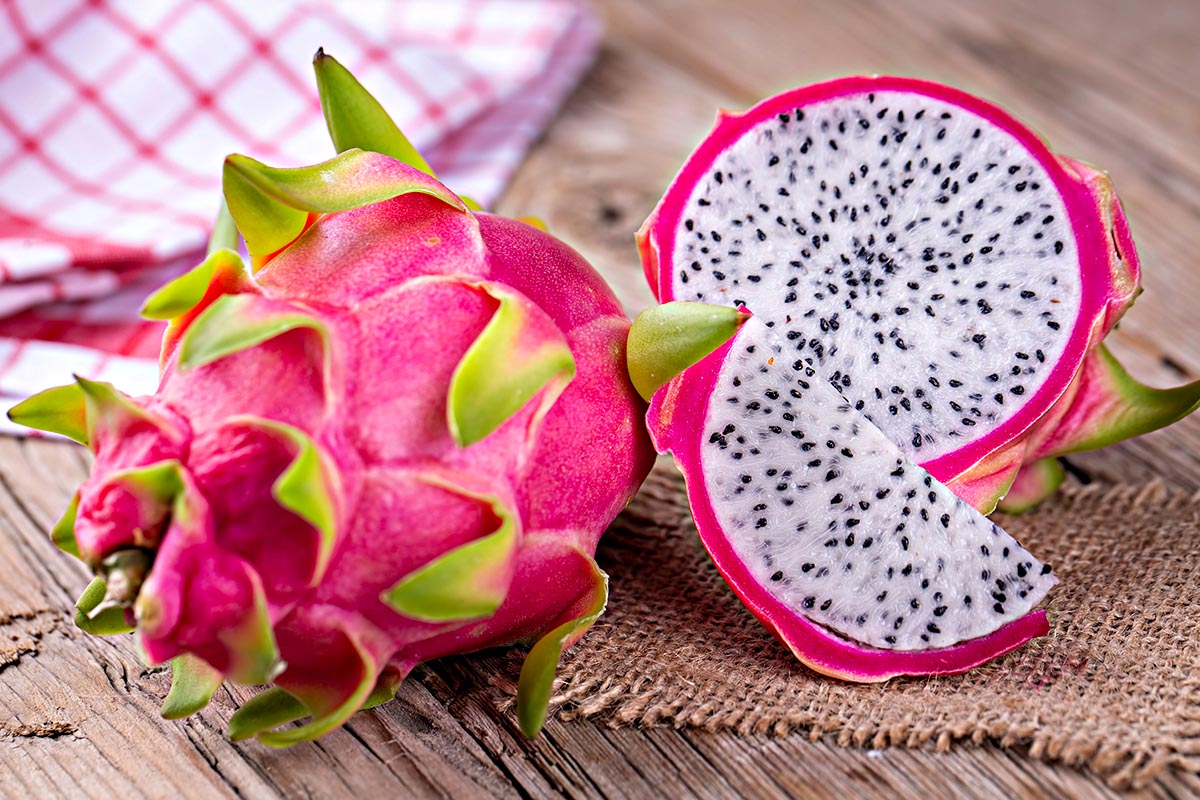
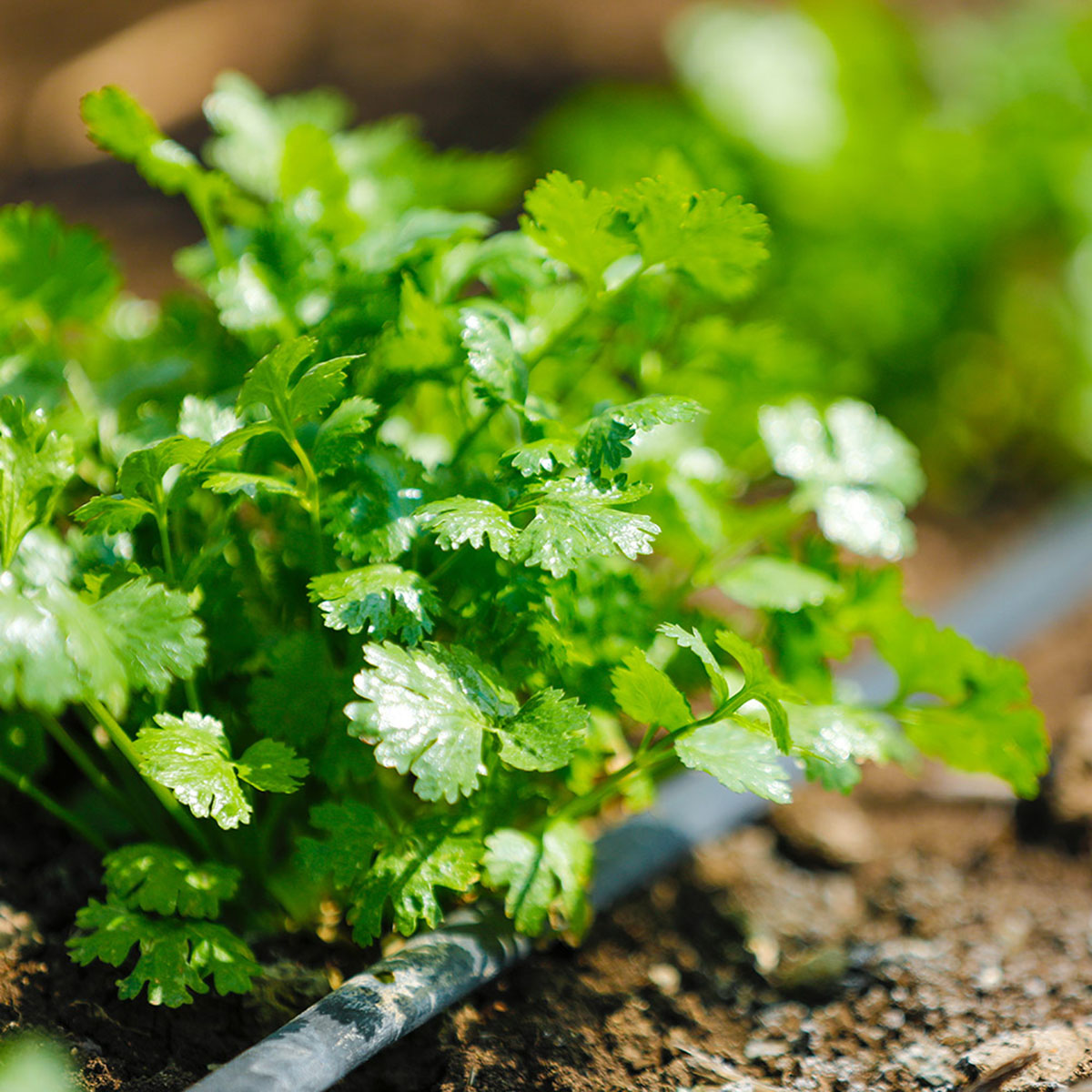
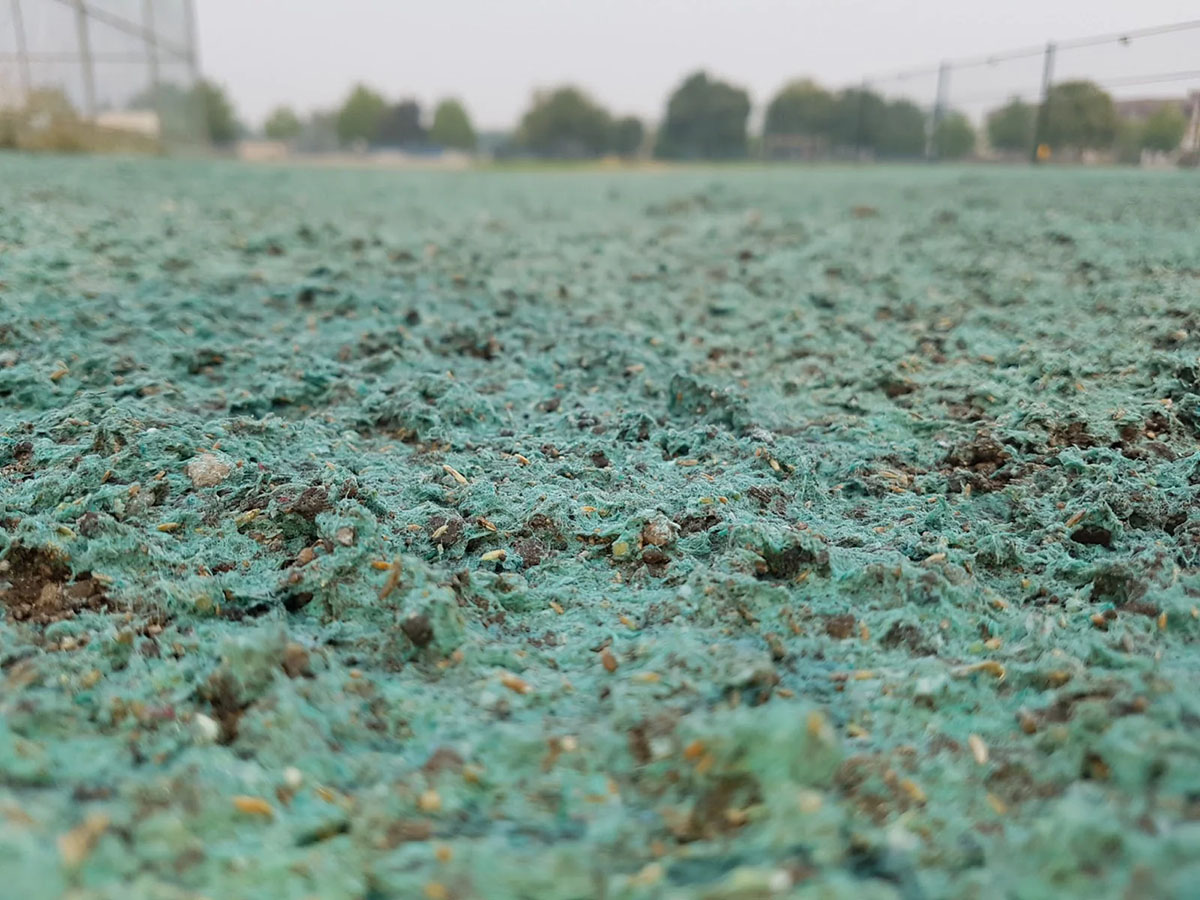
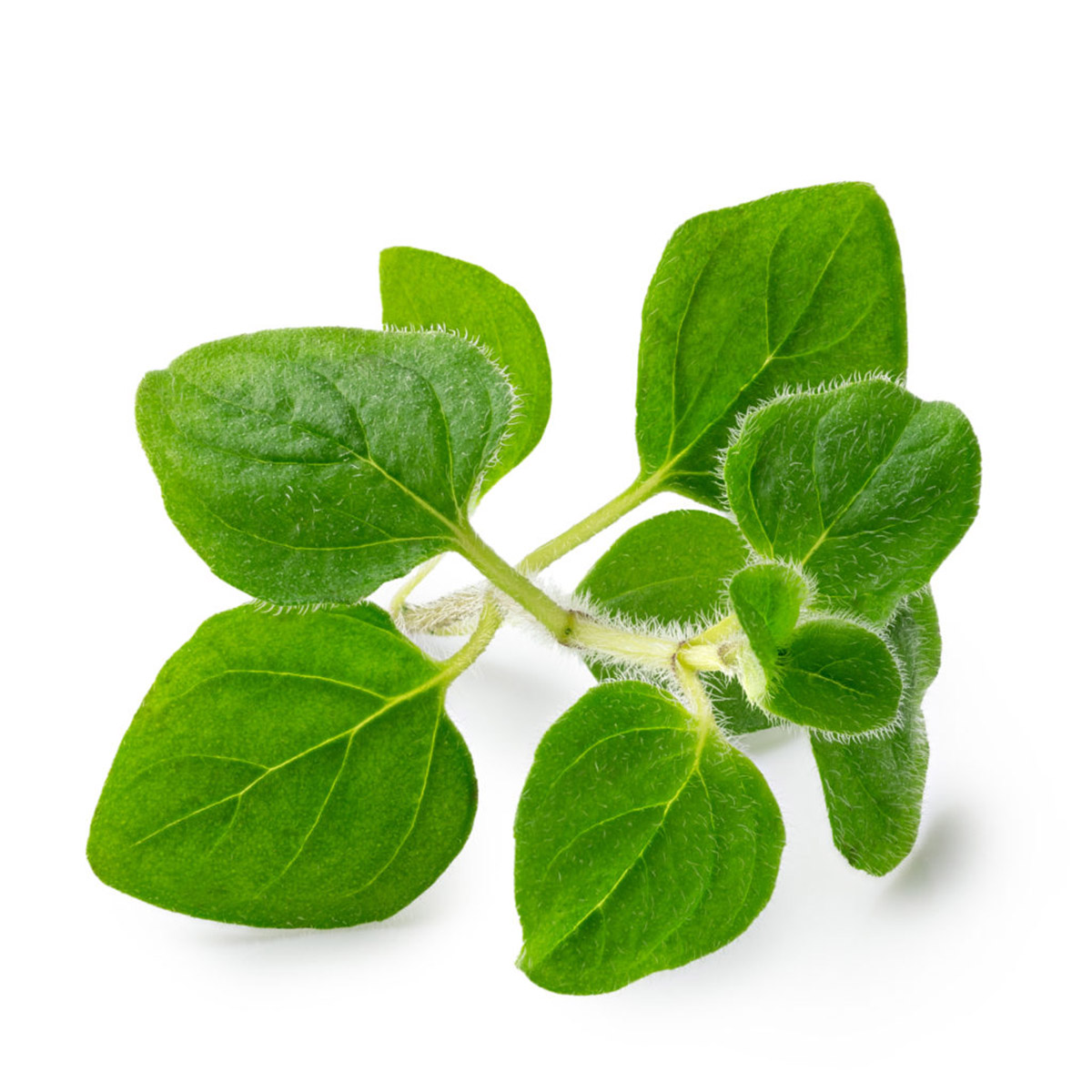
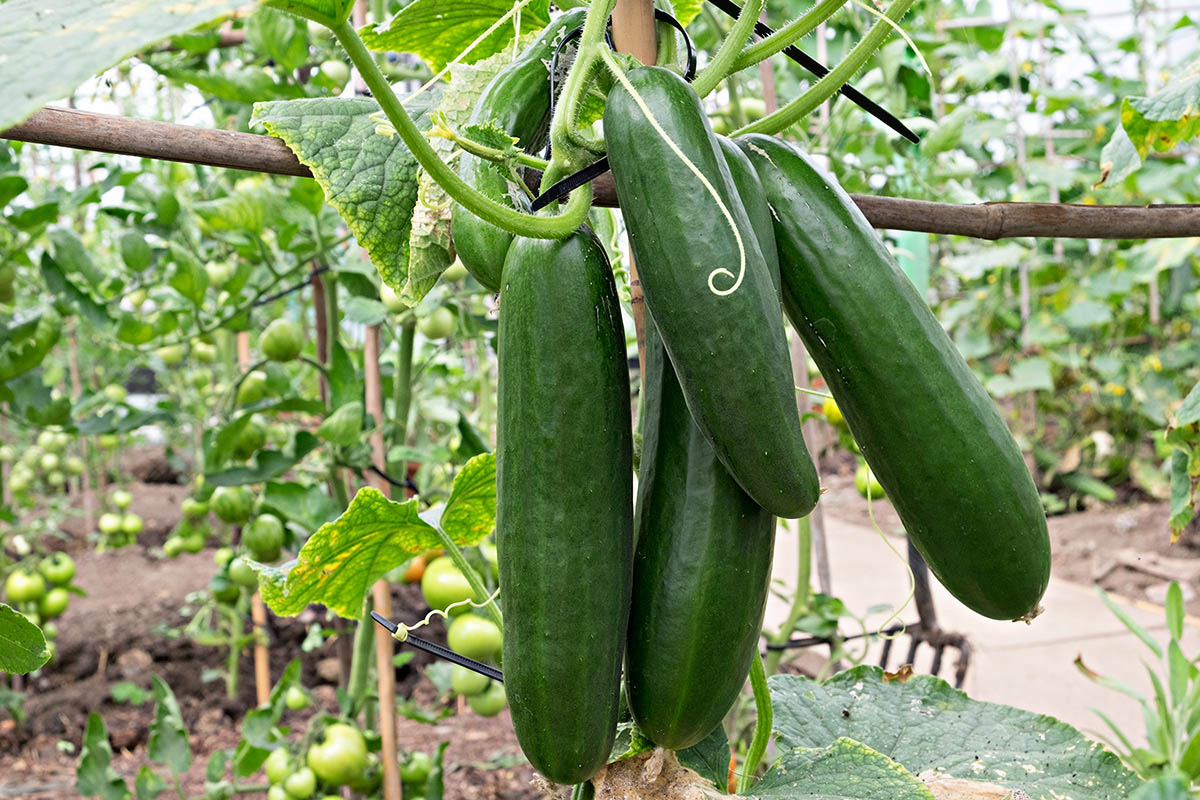
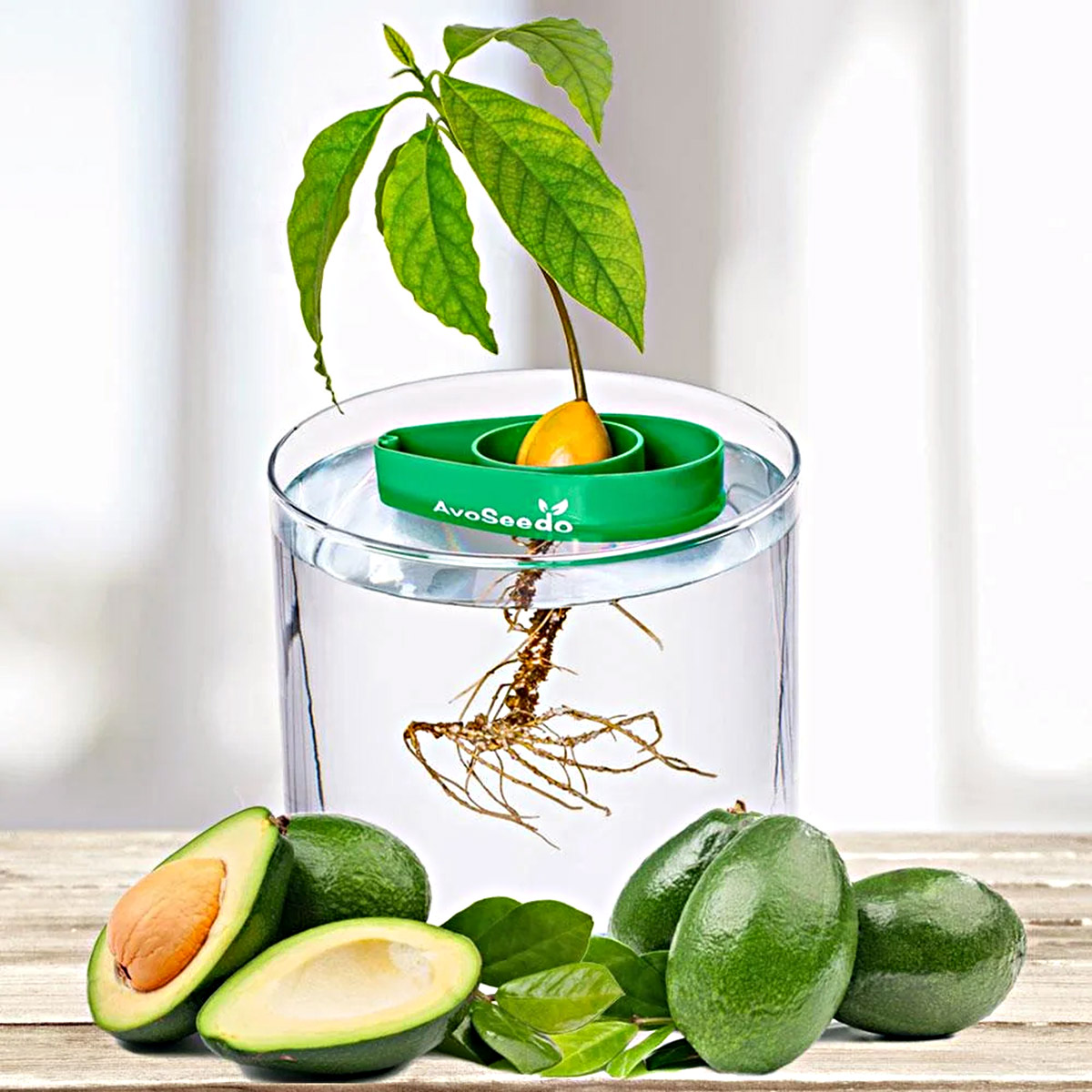

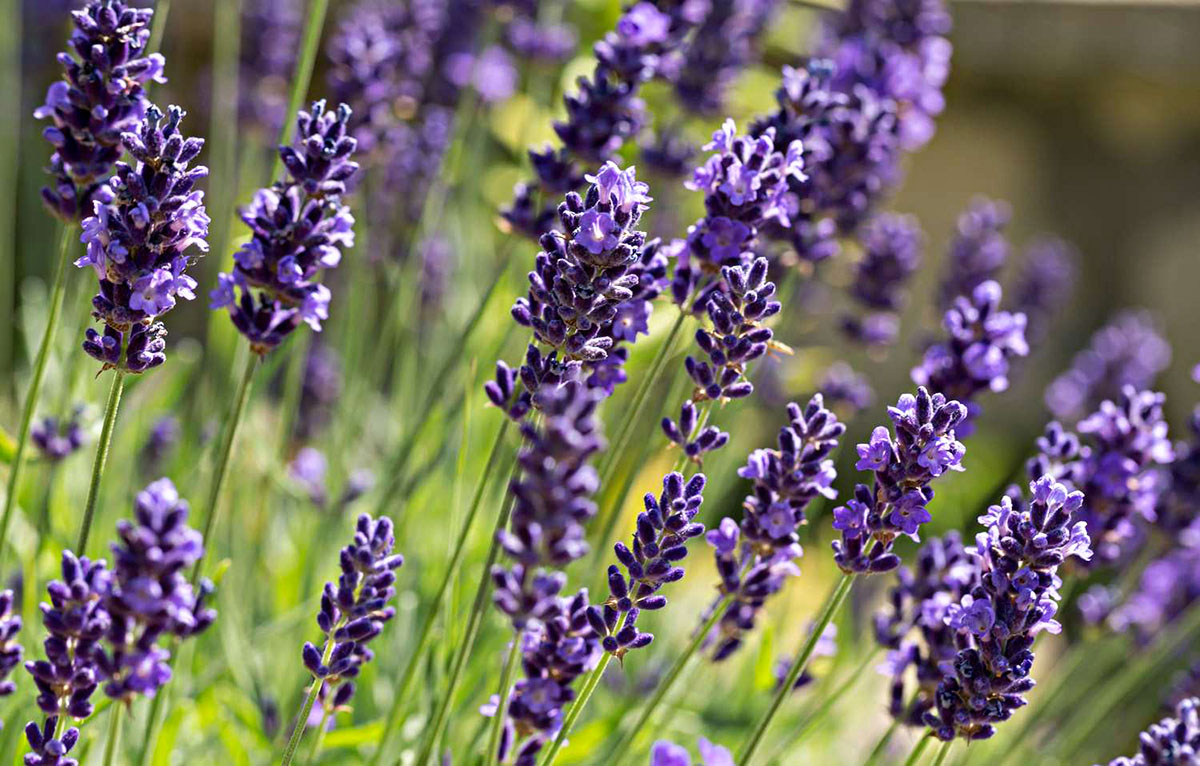
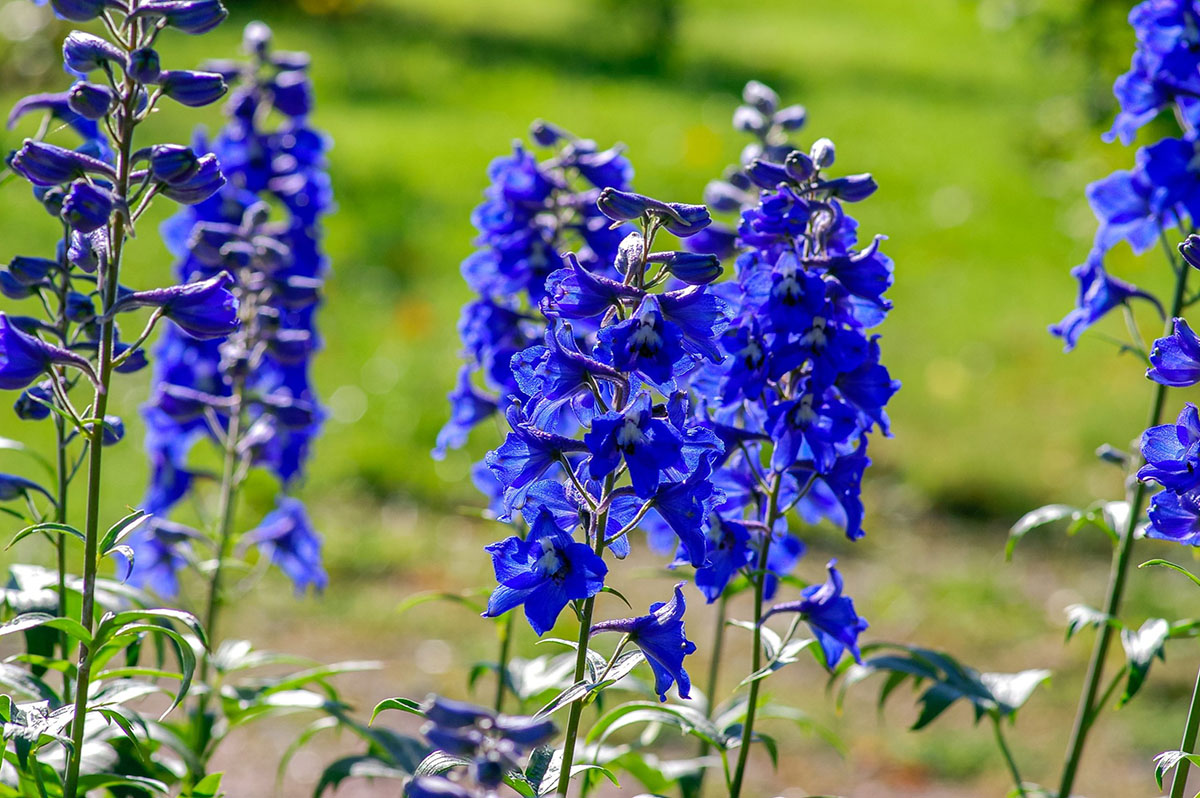


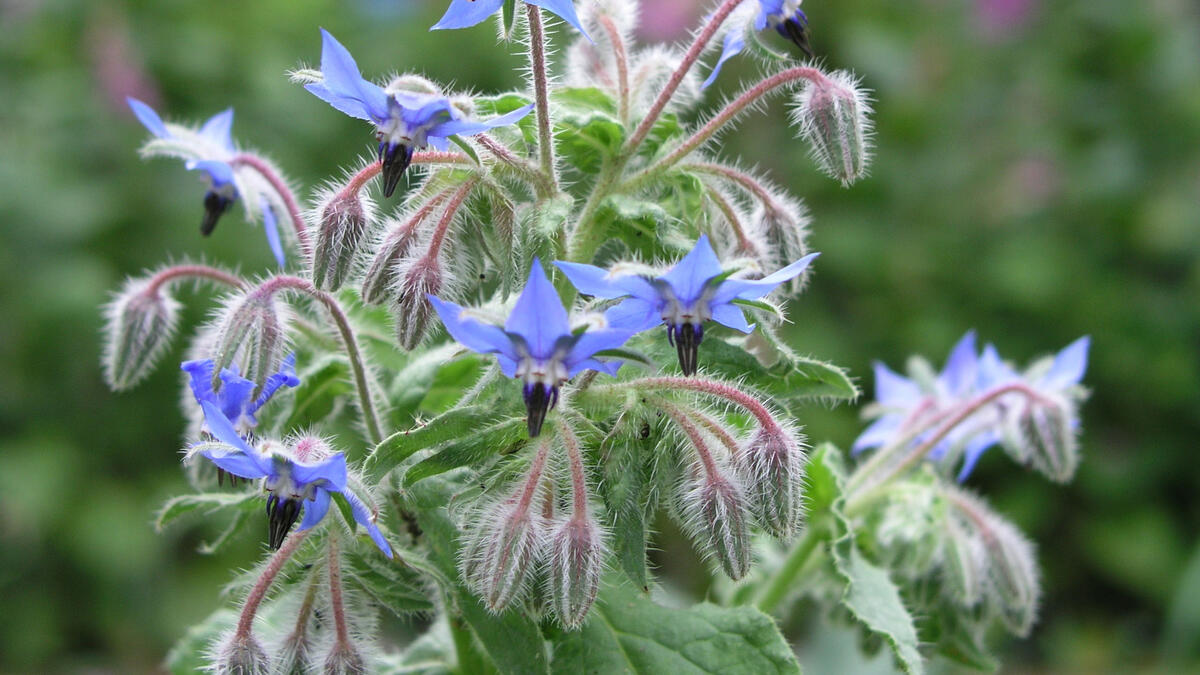

0 thoughts on “How Long To Germinate Barley Grain”